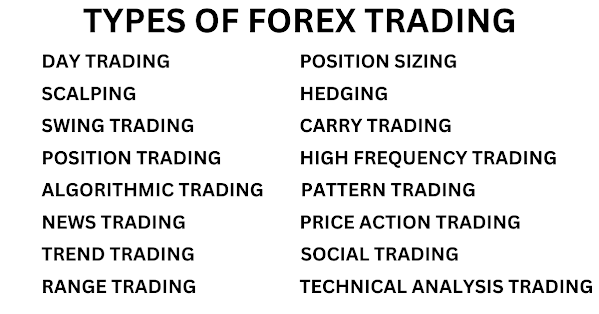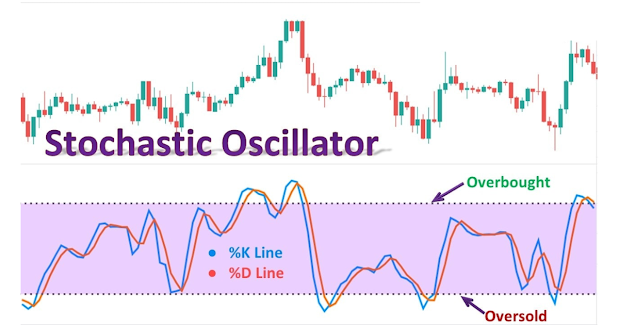Forex Algorithmic Trading: A Comprehensive Guide to Automated Trading Strategies
Forex algorithmic trading has become increasingly popular in recent years, thanks to advancements in technology and the rise of online trading platforms. Algorithmic trading uses computer programs to execute trades based on pre-defined rules and criteria. These automated trading strategies can analyze large amounts of data and make trades much faster than humans can.
In the world of Forex trading, algorithmic trading can offer several benefits. Here are a few of the most significant advantages:
Speed and Efficiency: Algorithmic trading strategies can analyze market data and execute trades much faster than humans can. This can be especially important in the fast-paced world of Forex trading, where even a few seconds can make a big difference.
Elimination of Emotional Bias: One of the biggest challenges for human traders is overcoming emotional bias. Fear, greed, and other emotions can cloud judgment and lead to poor trading decisions. Algorithmic trading strategies can eliminate this emotional bias and make trades based on data and pre-defined criteria.
Backtesting and Optimization: Algorithmic trading strategies can be backtested and optimized using historical data. This can help traders identify which strategies have been most effective in the past and make adjustments to improve their performance.
Scalability: Automated trading strategies can be scaled up or down depending on the size of the portfolio. This can be especially useful for larger traders or institutional investors who need to manage large amounts of capital.
So, how does Forex algorithmic trading work? Here are the basic steps:
Define the Trading Strategy: The first step in creating an algorithmic trading strategy is to define the trading criteria. This can include technical indicators, fundamental analysis, or other factors.
Create the Algorithm: Once the trading strategy is defined, the next step is to create the algorithm. This can be done using programming languages like Python, C++, or Java.
Test and Optimize the Algorithm: The algorithm can be backtested and optimized using historical data. This can help traders identify which strategies have been most effective in the past and make adjustments to improve their performance.
Implement the Strategy: Once the algorithm has been tested and optimized, it can be implemented using an automated trading platform. This can include platforms like MetaTrader or TradeStation.
Monitor and Adjust: Automated trading strategies still require monitoring and adjustment. Traders need to monitor the performance of their algorithms and make adjustments as necessary.
Advanced Forex algorithmic trading strategies can involve more complex trading algorithms that use machine learning and artificial intelligence to identify patterns and make more accurate predictions. These advanced algorithms can analyze vast amounts of data and make trades based on real-time market conditions.
Machine learning algorithms can be trained to recognize patterns in market data and use that information to make better trading decisions. This can involve analyzing historical price data, news articles, social media sentiment, and other relevant data points to identify trends and make predictions about future market movements.
Artificial intelligence can also be used to create predictive models that can forecast future market trends. These models can be trained using historical data to identify patterns and make predictions about future market movements. This can help traders make more informed trading decisions and potentially achieve better returns.
However, it's important to note that advanced Forex algorithmic trading strategies can be more complex and require a higher level of technical expertise. Traders who are interested in these types of strategies should be prepared to invest significant time and resources in creating and optimizing their algorithms.
In addition to technical skills, successful algorithmic traders also need to have a solid understanding of Forex market dynamics and trading strategies. This includes knowledge of technical indicators, fundamental analysis, risk management, and other key factors that can impact Forex trading.
Conclusion
In conclusion, Forex algorithmic trading can offer several advantages for traders who are looking to automate their trading strategies. It can offer speed and efficiency, eliminate emotional bias, and be backtested and optimized for improved performance. However, it also requires significant programming and technical skills. Traders who are interested in algorithmic trading should be prepared to invest time and effort in creating and optimizing their strategies.










